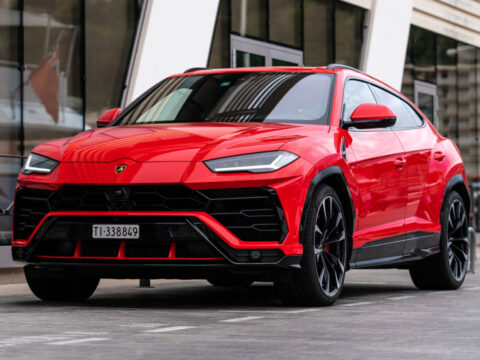Autonomous vehicles are rapidly transforming the future of transport, offering solutions that range from self-driving cars to delivery robots and freight trucks. These innovative machines are poised to reshape mobility, enhancing safety, efficiency, and sustainability on a global scale. From reducing traffic congestion to cutting emissions, these 12 groundbreaking vehicles represent the forefront of autonomous technology, set to revolutionize how we move people and goods across cities and beyond.
Contents
Tesla Model X
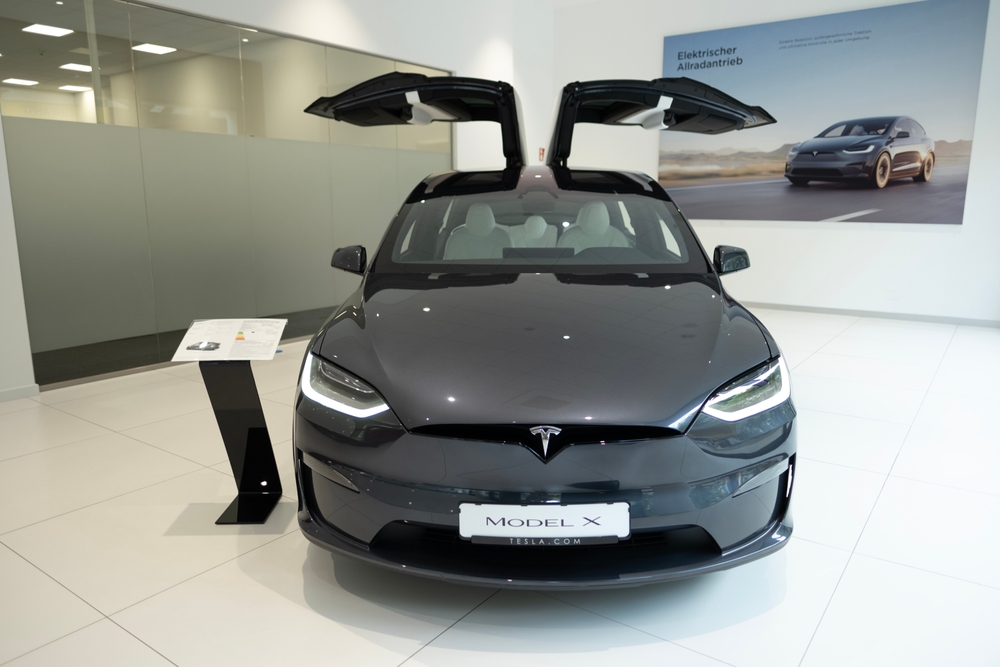
The Tesla Model X has set a high bar in the world of autonomous electric vehicles, particularly with its advanced Full Self-Driving (FSD) capability. Equipped with Autopilot and FSD software, it enables semi-autonomous driving functions such as highway navigation, automatic lane changes, and smart summon. Tesla continuously updates the vehicle through over-the-air improvements, ensuring that its self-driving features remain cutting-edge.
Waymo One
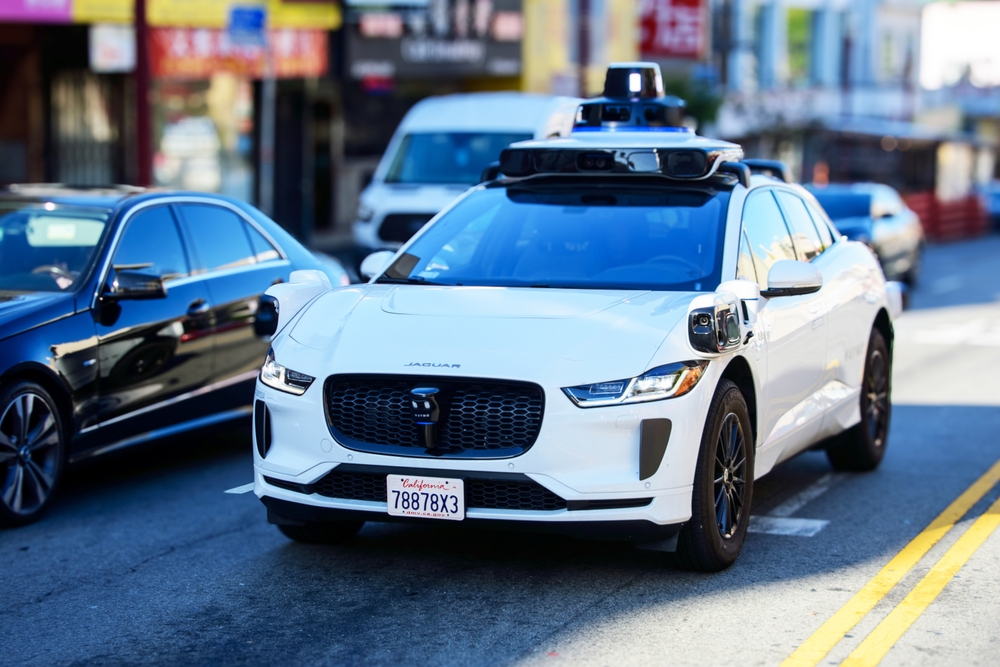
Waymo, a subsidiary of Alphabet Inc., is leading the charge in autonomous taxis with its Waymo One project. The company has already launched a fully driverless commercial ride-hailing service in Phoenix, Arizona, providing a glimpse into the future of urban mobility. Using a powerful combination of LiDAR, radar, and cameras, Waymo cars navigate dense traffic and complex intersections without human intervention.
Zoox Robotaxi

Zoox, now owned by Amazon, has developed a fully autonomous electric vehicle that pushes the boundaries of urban transportation. The Zoox Robotaxi is designed to operate in both directions, with no traditional front or back, allowing for more flexible navigation in dense city environments. Inside, the vehicle offers a spacious, cabin-like experience, designed for shared mobility. With Zoox’s sophisticated sensor suite, this vehicle is engineered to navigate complex traffic patterns and urban landscapes, aiming to reduce congestion and emissions in major cities.
Einride T-Pod
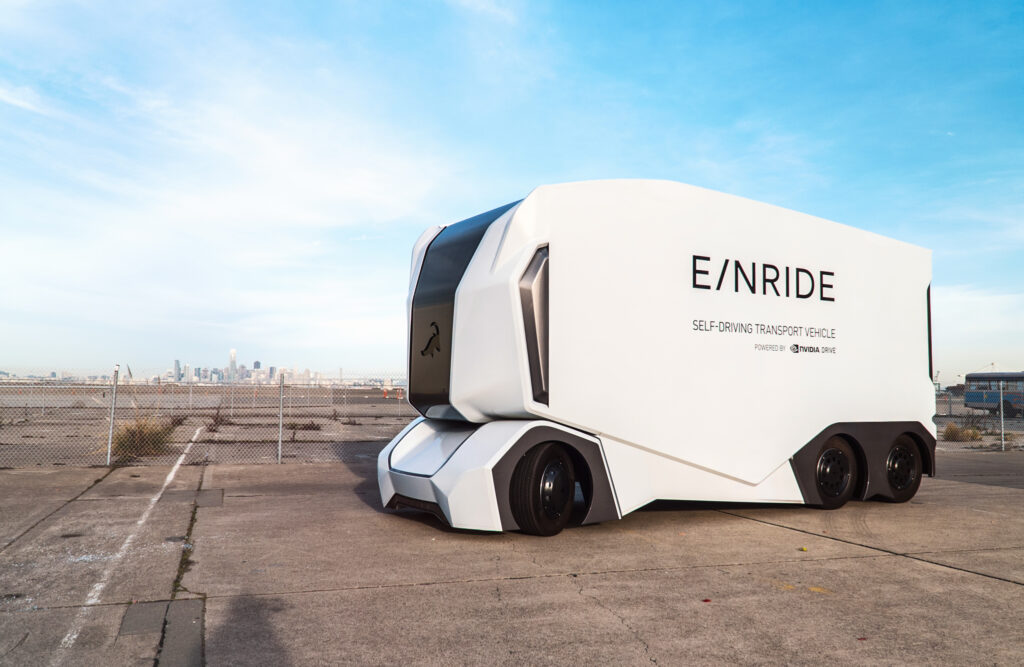
The Einride T-Pod stands out as an autonomous, electric cargo vehicle, built to optimize freight transport. Its driverless design, devoid of a cabin, allows the pod to focus entirely on cargo efficiency. With an advanced sensor system including LiDAR and cameras, it operates autonomously in both highways and industrial zones. Einride’s sustainable approach, combined with its focus on remote operation, positions the Pod to revolutionize the logistics industry by cutting emissions and operational costs.
Argo AI
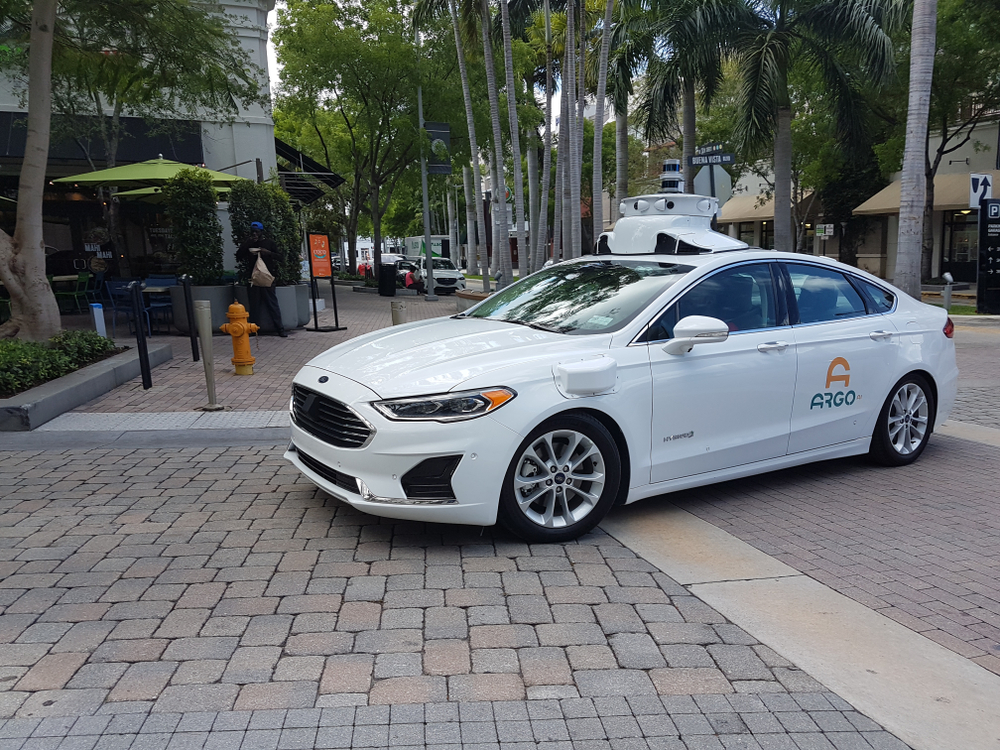
Argo AI, supported by Ford and Volkswagen, is heavily focused on urban autonomy, developing self-driving technology for densely populated areas. Its vehicles use a highly precise LiDAR system, complemented by AI-driven algorithms that handle complex city environments. Argo has partnered with ride-hailing services, aiming to deploy autonomous vehicles for both passenger and goods transport. With extensive real-world testing underway, Argo AI is poised to become a leader in the future of urban mobility.
Baidu Apollo

Baidu, known as the “Google of China,” is making significant strides with its Apollo project, a comprehensive platform for autonomous driving. The Apollo system integrates sensors like cameras, radar, and LiDAR, along with powerful AI, to navigate diverse driving conditions. Baidu has tested its vehicles on public roads in China, where it has already launched a commercial robotaxi service. By combining partnerships with automakers and a vast amount of real-world data, Baidu Apollo is a major player in the global push toward autonomous vehicles.
Apple Project Titan

Although Apple’s Project Titan remains largely secret, reports suggest it’s developing a fully autonomous electric vehicle. Leveraging Apple’s renowned expertise in hardware-software integration, this vehicle is expected to offer advanced self-driving features alongside a sleek, minimalist design. Speculation suggests that Apple could focus on creating a unique user experience, with autonomous technology deeply integrated into the company’s existing ecosystem.
Uber ATG
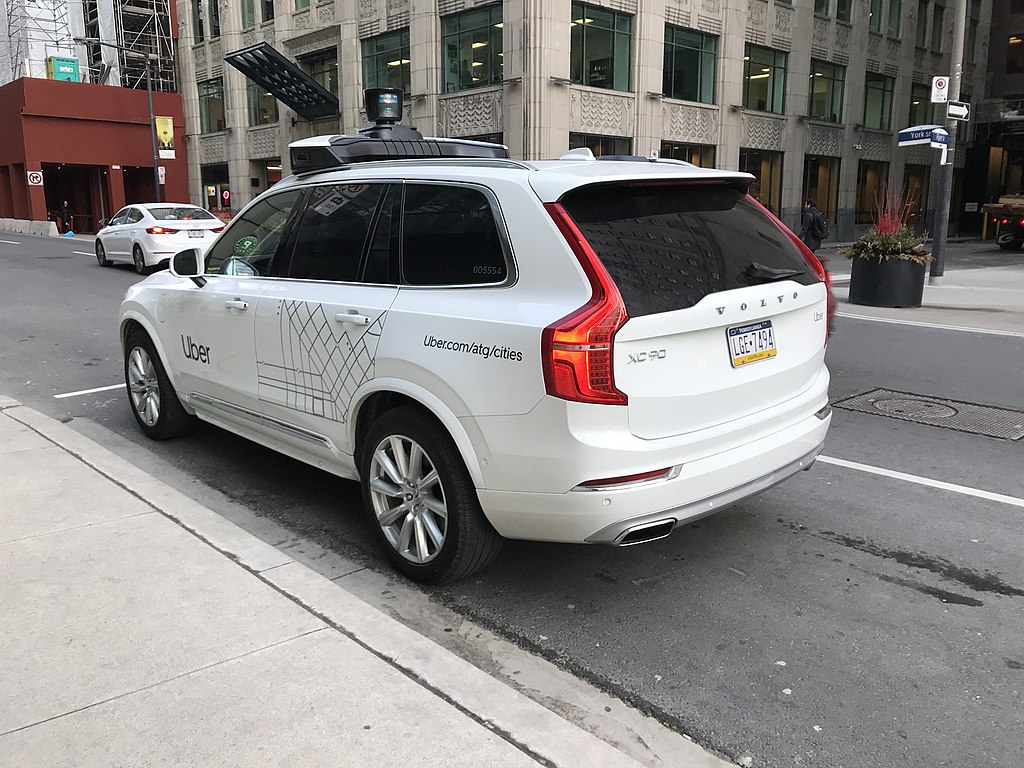
Uber’s Advanced Technologies Group (ATG), before its acquisition by Aurora, made significant progress in autonomous vehicle research, particularly for ride-hailing services. Uber ATG’s vehicles were equipped with LiDAR, radar, and cameras to autonomously navigate urban streets. Although Uber no longer owns ATG, its research contributed valuable insights into autonomous ride-sharing. Aurora now carries the torch, aiming to deliver on Uber’s original vision of a driverless fleet for its platform.
Toyota e-Palette
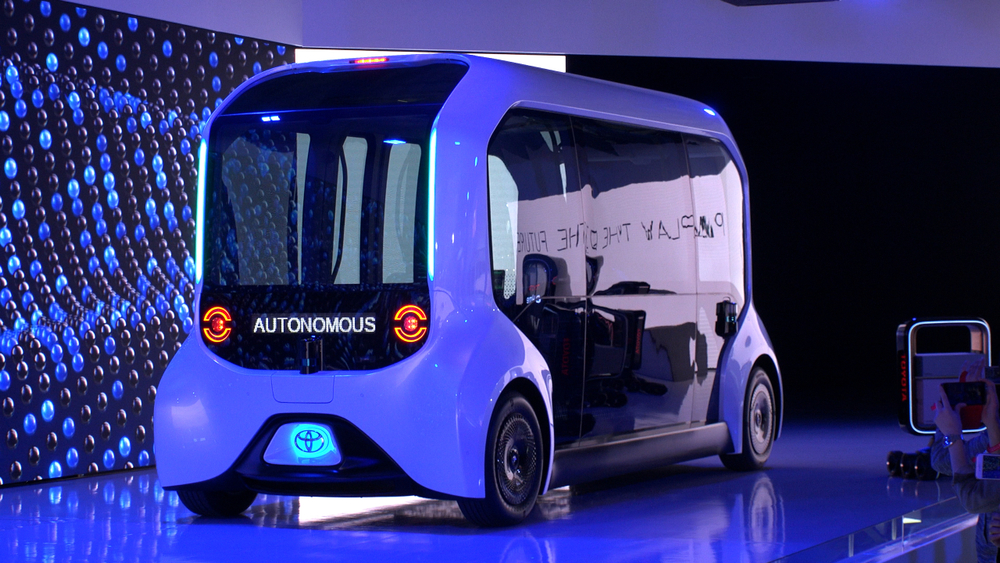
Toyota’s e-Palette is a versatile autonomous vehicle platform designed to serve a wide array of functions, from ride-sharing to mobile offices. This modular vehicle is fully electric and can be adapted for use in various environments, including shuttle services and goods delivery. Toyota showcased the e-Palette at large-scale events like the Olympics, illustrating its potential in controlled environments.
Volvo Vera
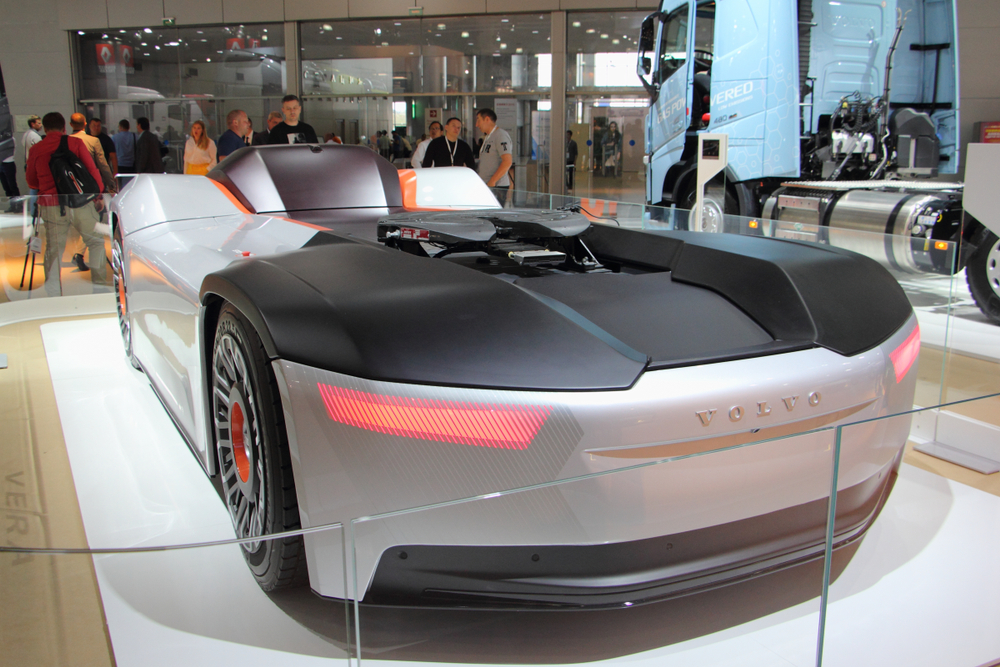
The Volvo Vera is an electric, autonomous truck designed to carry out short-haul cargo transport without a driver’s cabin. Its streamlined, driverless design allows it to autonomously move goods in industrial areas and port terminals. With cameras, sensors, and advanced AI guiding its path, Vera can perform repetitive tasks more efficiently than traditional trucks. Volvo’s emphasis on safety and precision in autonomous operations makes Vera a key innovation for future freight logistics.
Pony.ai
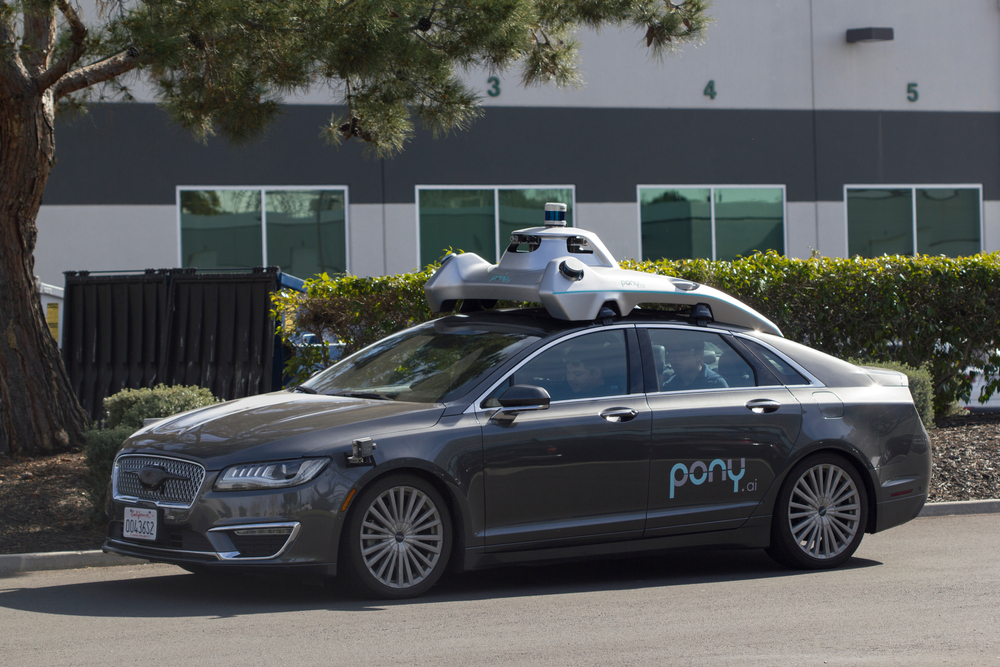
Pony.ai, a Chinese-American company, focuses on creating robotaxis for both China and the U.S. The company’s vehicles, equipped with advanced sensors and machine learning systems, can handle complex driving scenarios in both countries. Pony.ai has formed partnerships with major automakers, testing its autonomous taxis in cities like Guangzhou and Fremont. Its ability to operate in diverse driving environments positions Pony.ai as a global leader in autonomous ride-hailing technology.
XPeng G9
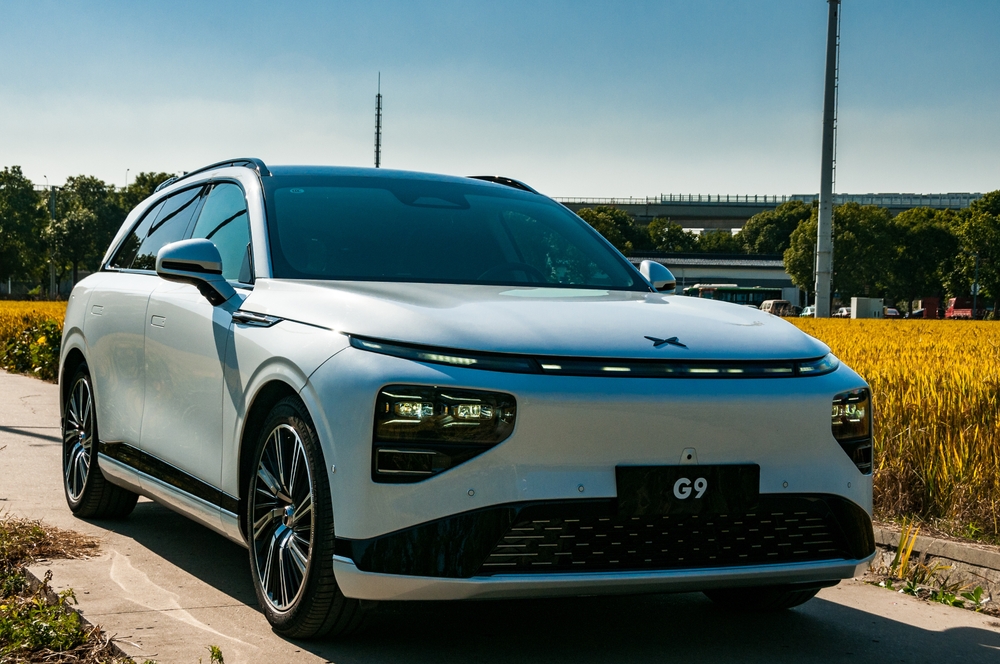
The XPeng G9, an electric SUV, comes with advanced autonomous driving capabilities through its XPILOT 4.0 system. This technology offers semi-autonomous features like automated parking and highway navigation, using high-definition cameras, radar, and LiDAR for safe driving. XPeng’s focus on both electric power and cutting-edge autonomy underscores its ambition to compete on the global stage.
This article originally appeared in MyCarMakesNoise.
More from MyCarMakesNoise
20 Affordable SUVs That Are Ideal for Retirees

Finding the right SUV is important for retirees who are budget-conscious. The best options offer comfort, reliability, and affordability, making them perfect for those enjoying their golden years. Read More.
10 Experimental Military Aircraft That Never Got Off the Ground
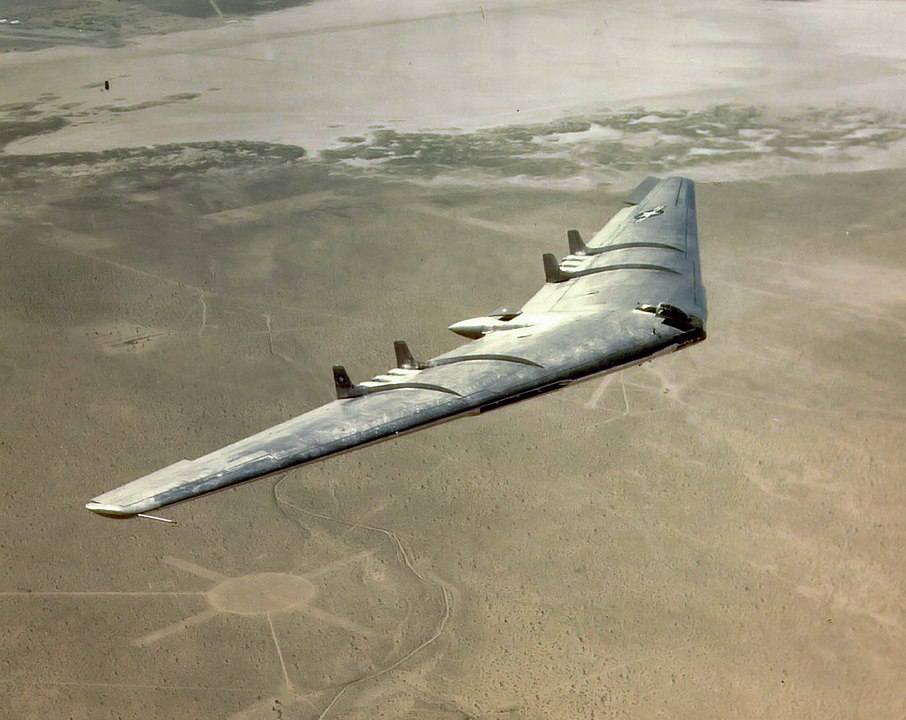
Experimental military aircraft often push the boundaries of technology and innovation. However, not all of these ambitious projects succeed. This article explores 10 experimental military aircraft that, despite their potential, didn’t quite make it to active service. Read More.
16 Utility Vehicles Designed for Military and Civilian Use

Utility vehicles play a crucial role in both military and civilian life, offering versatility, durability, and the ability to handle tough terrains. Many of these vehicles are designed to perform under extreme conditions, making them valuable in various sectors. Read More.


